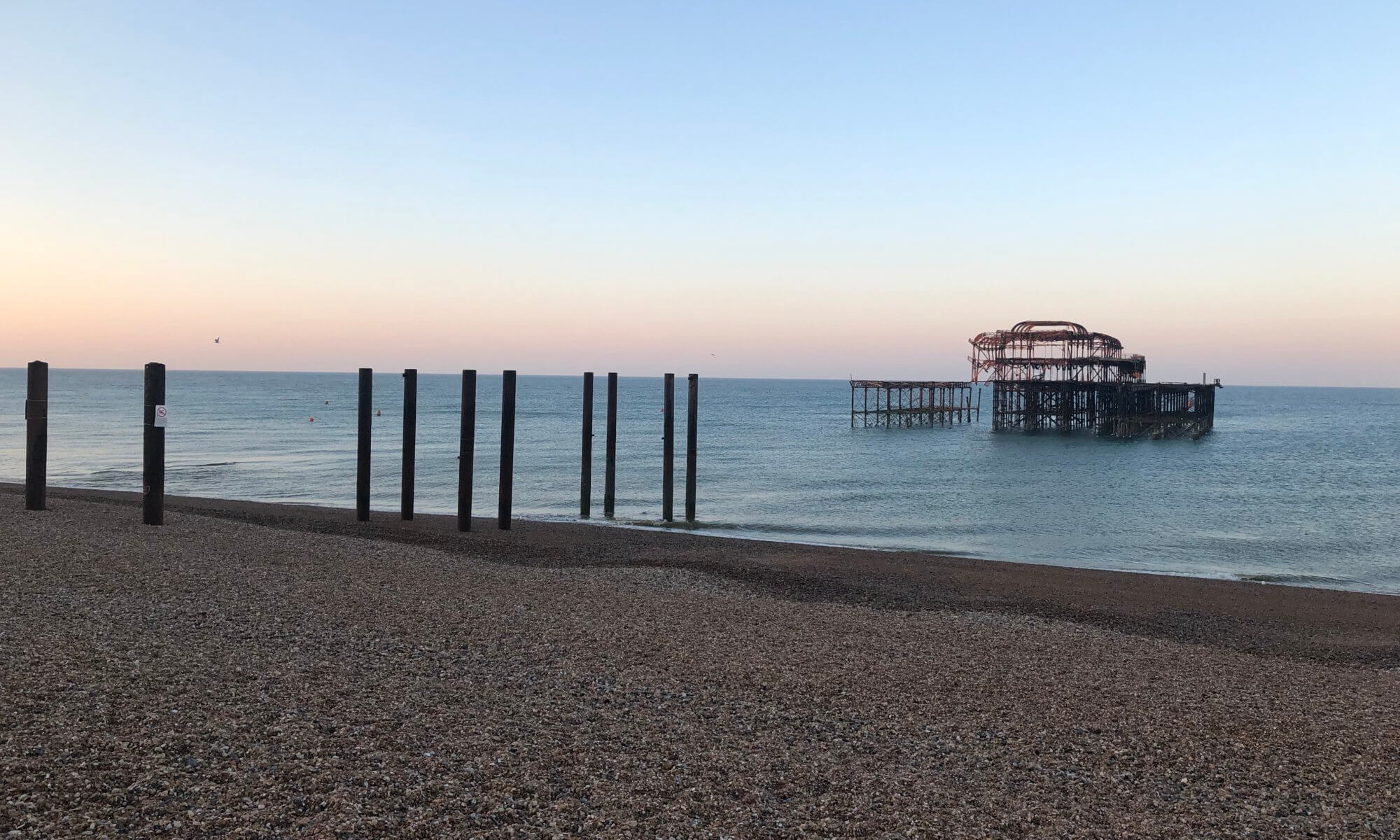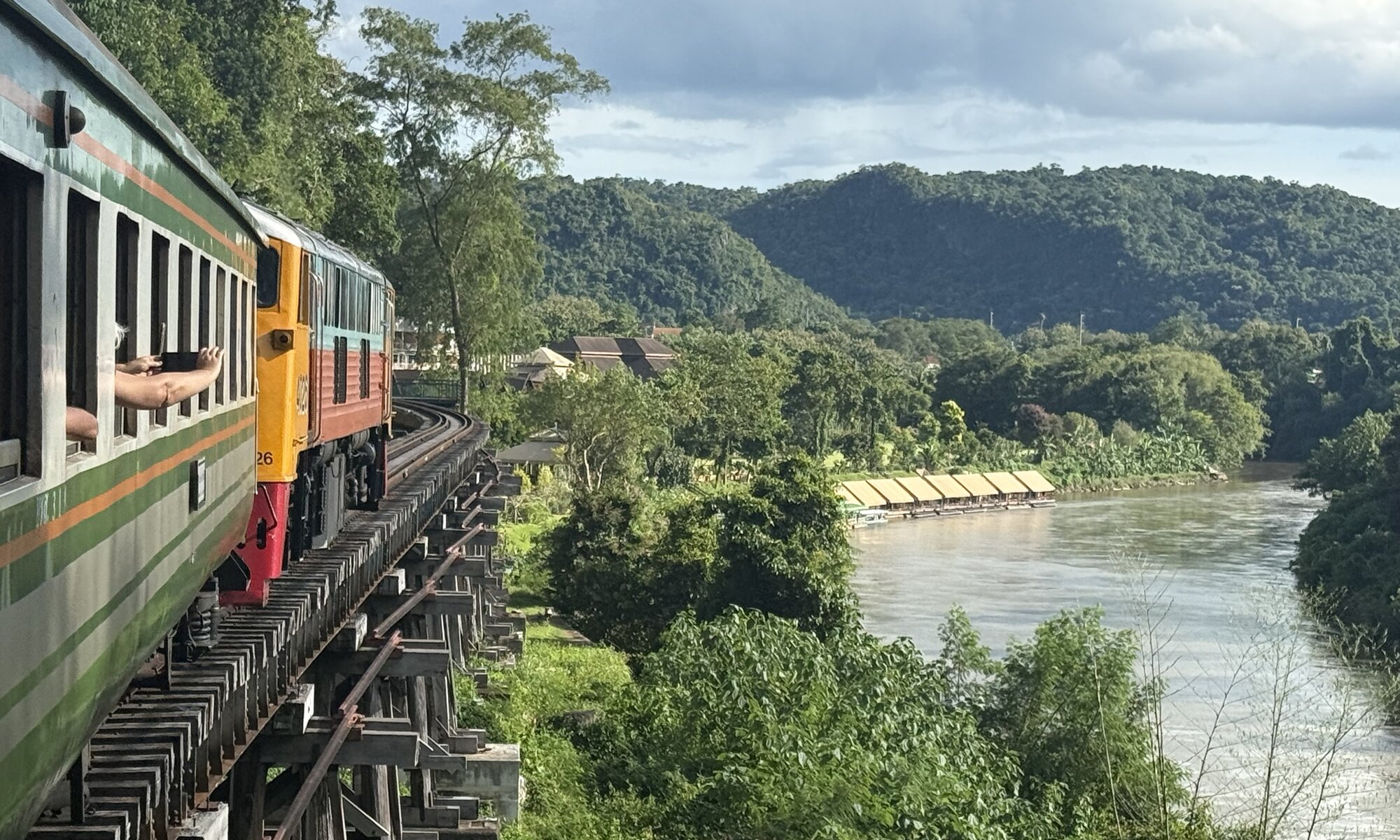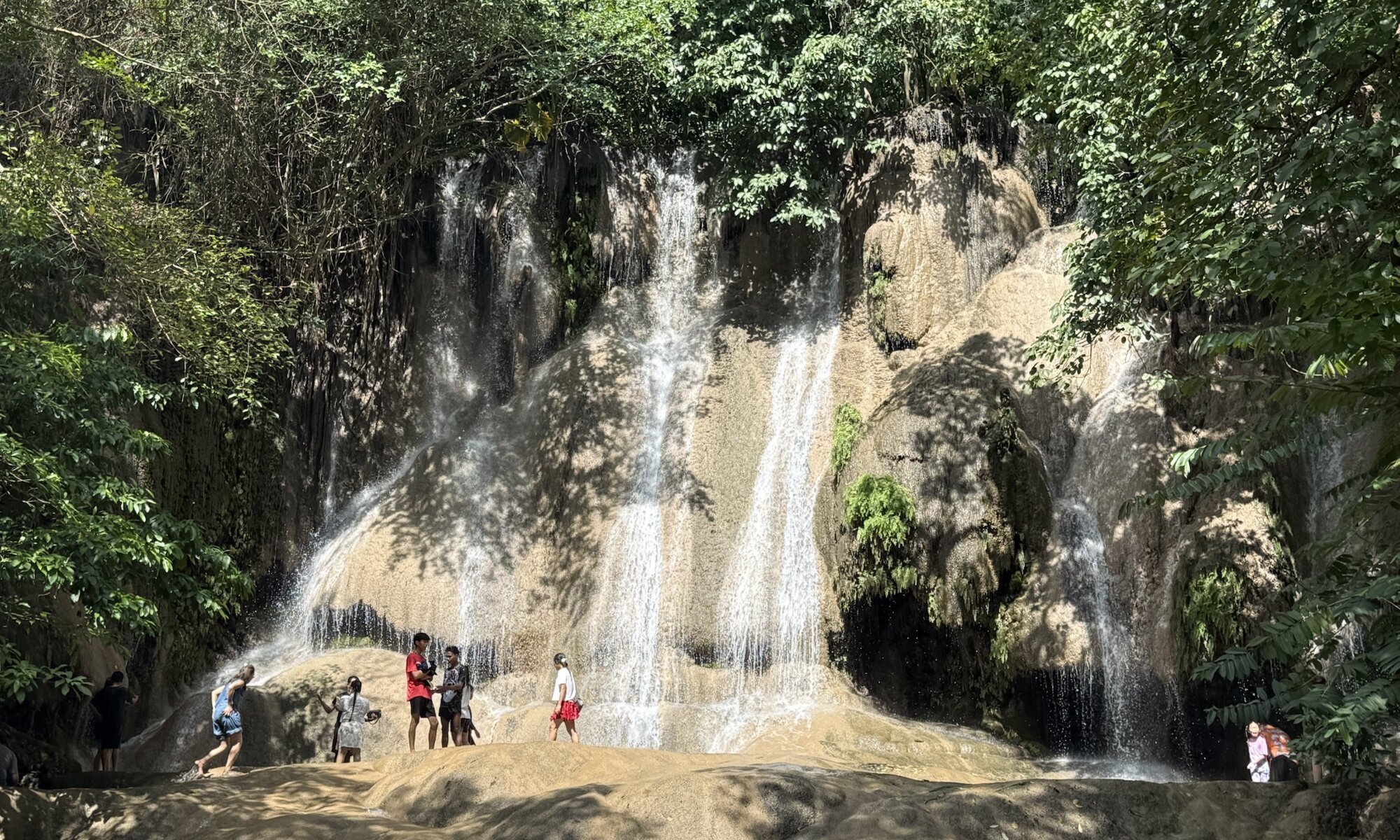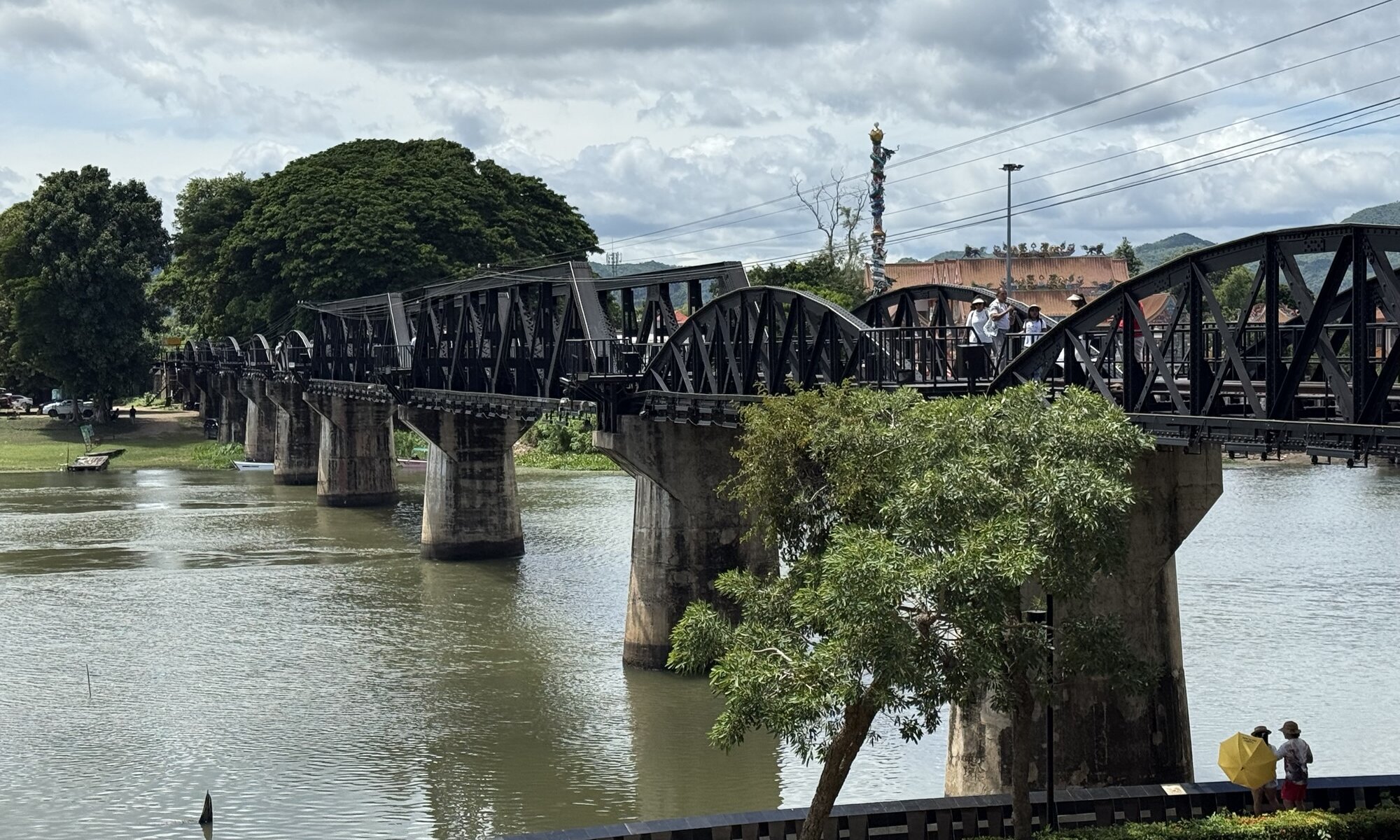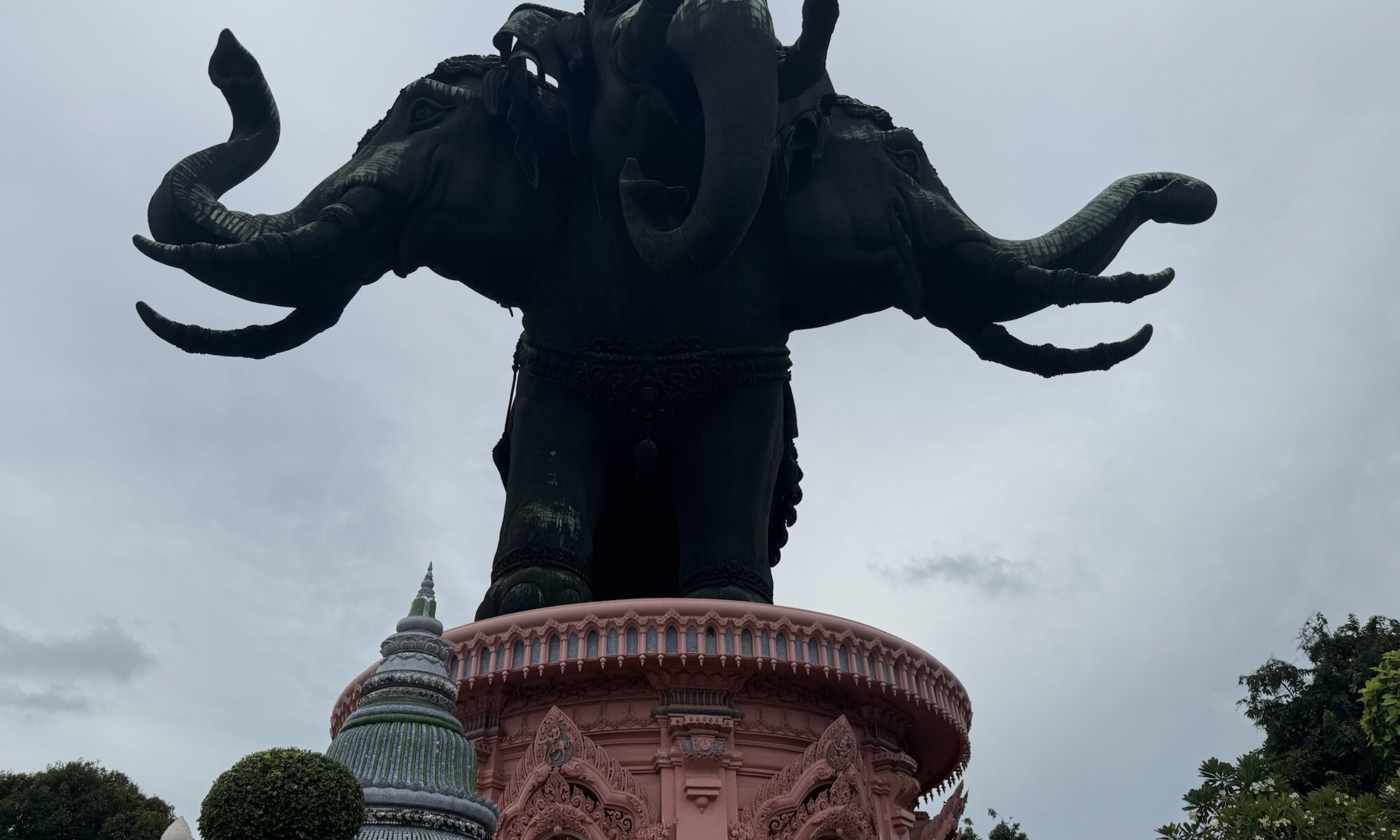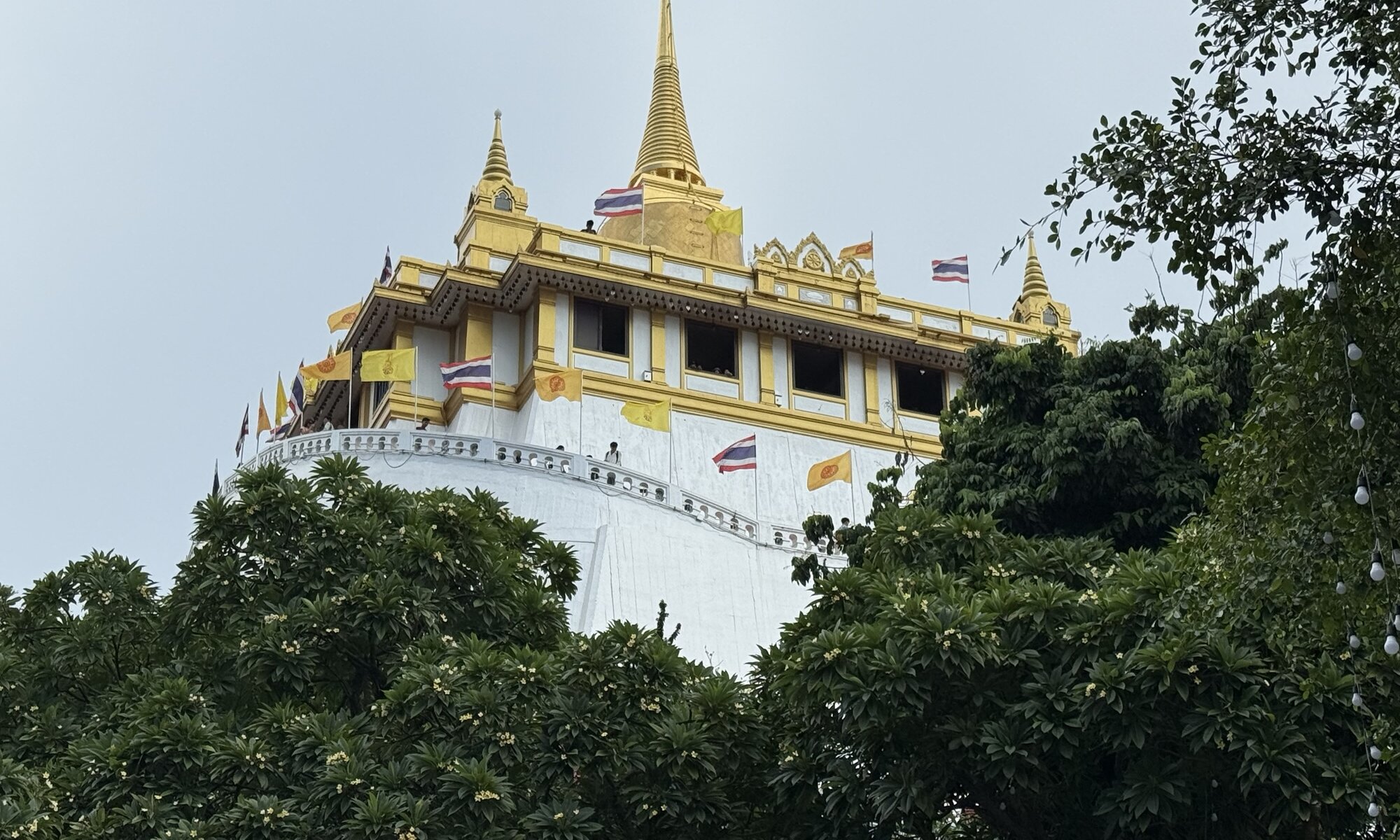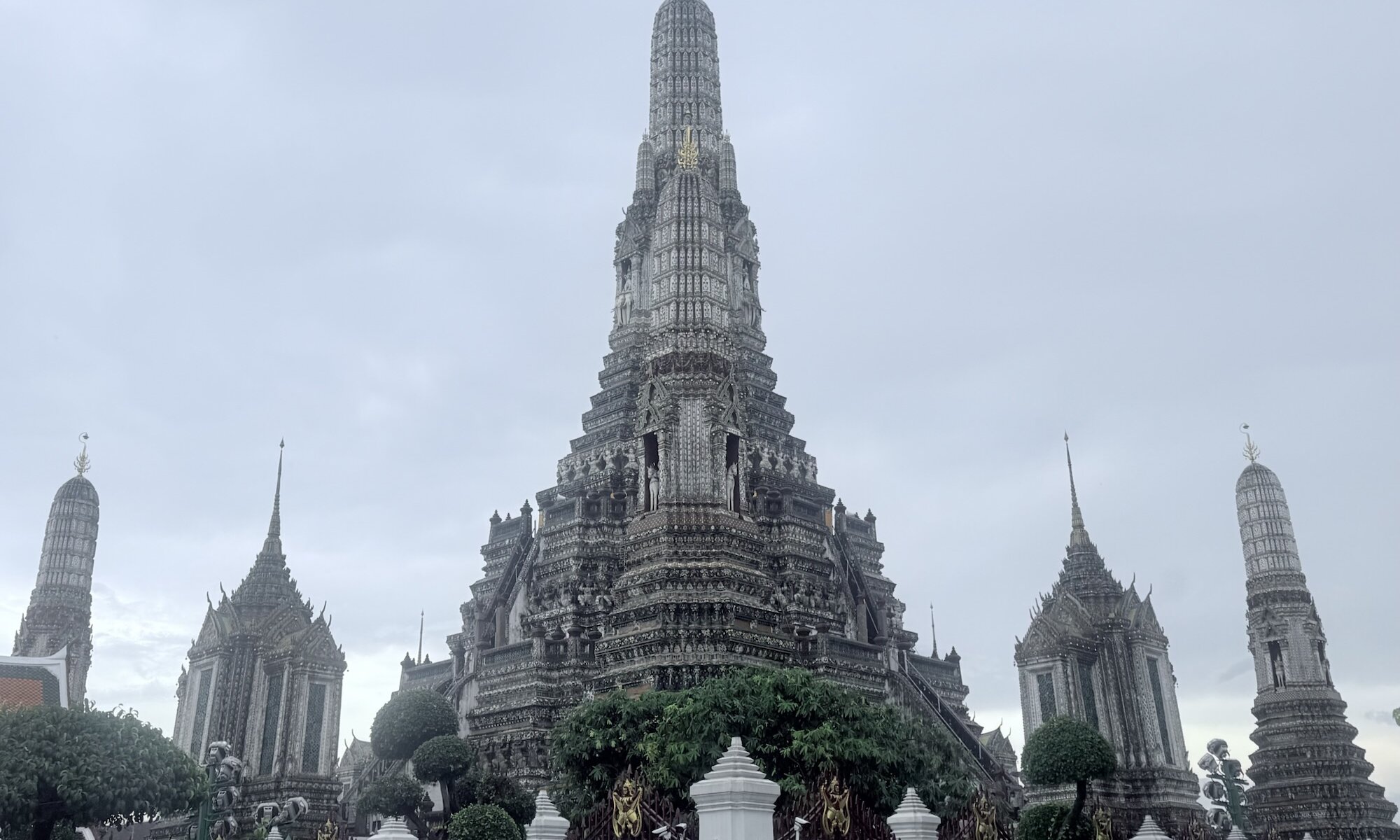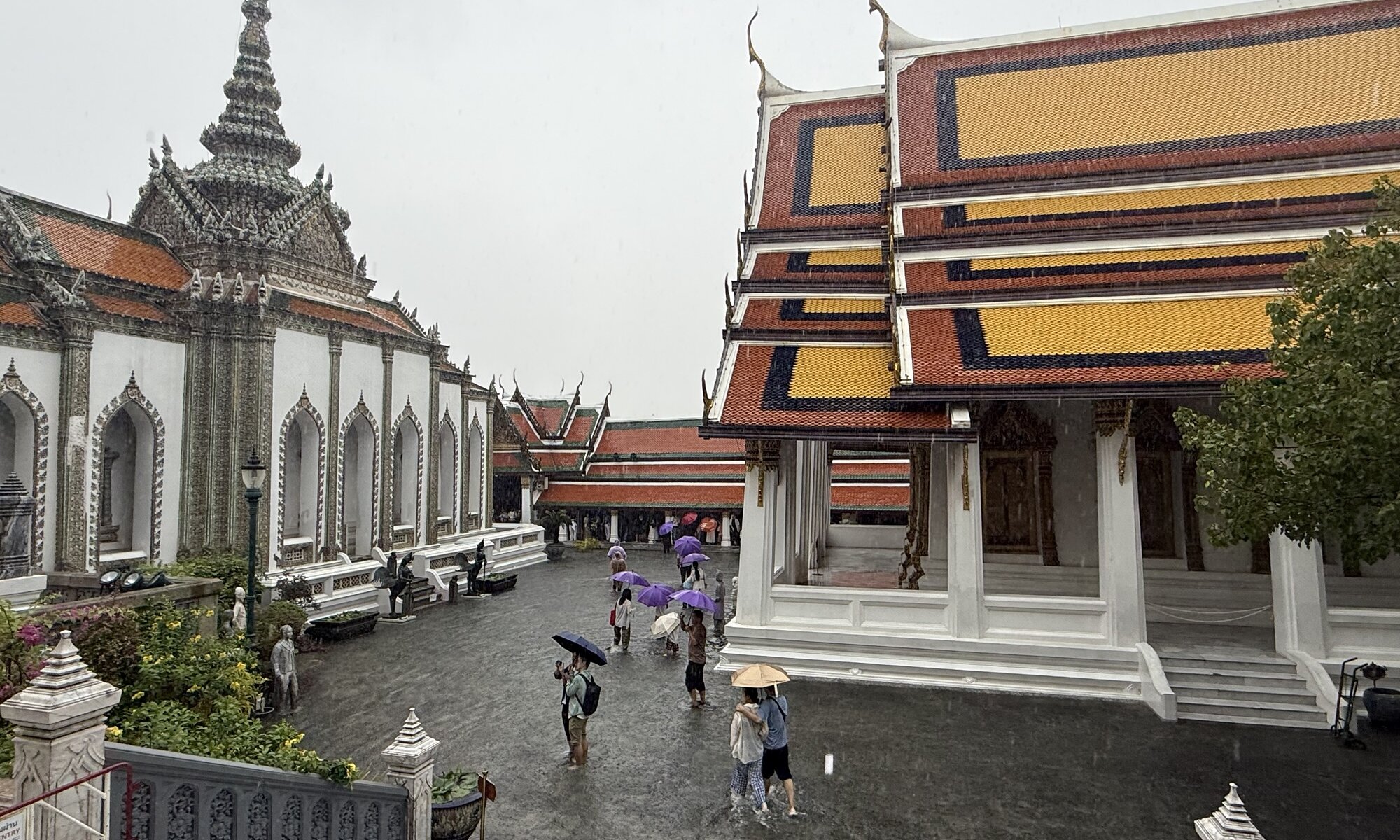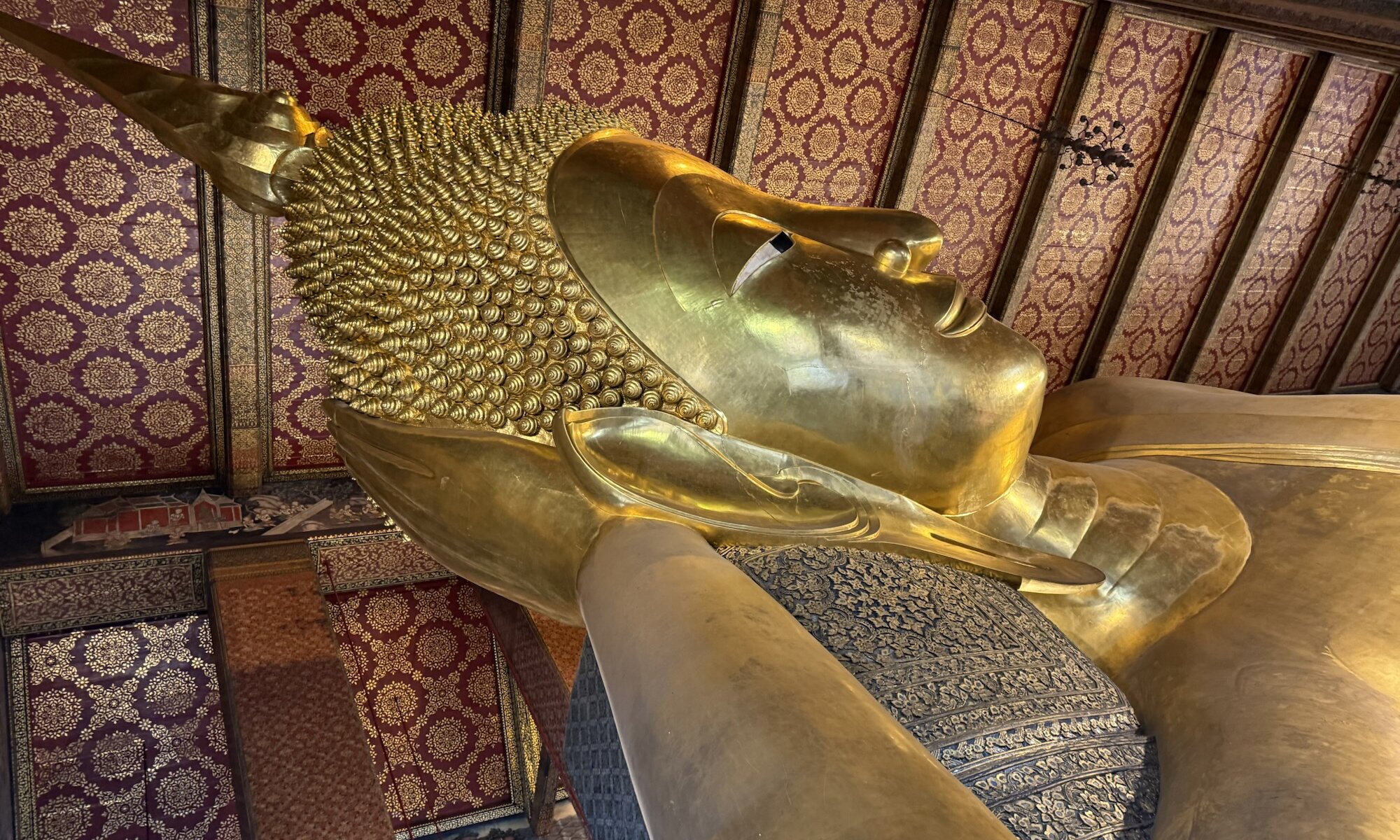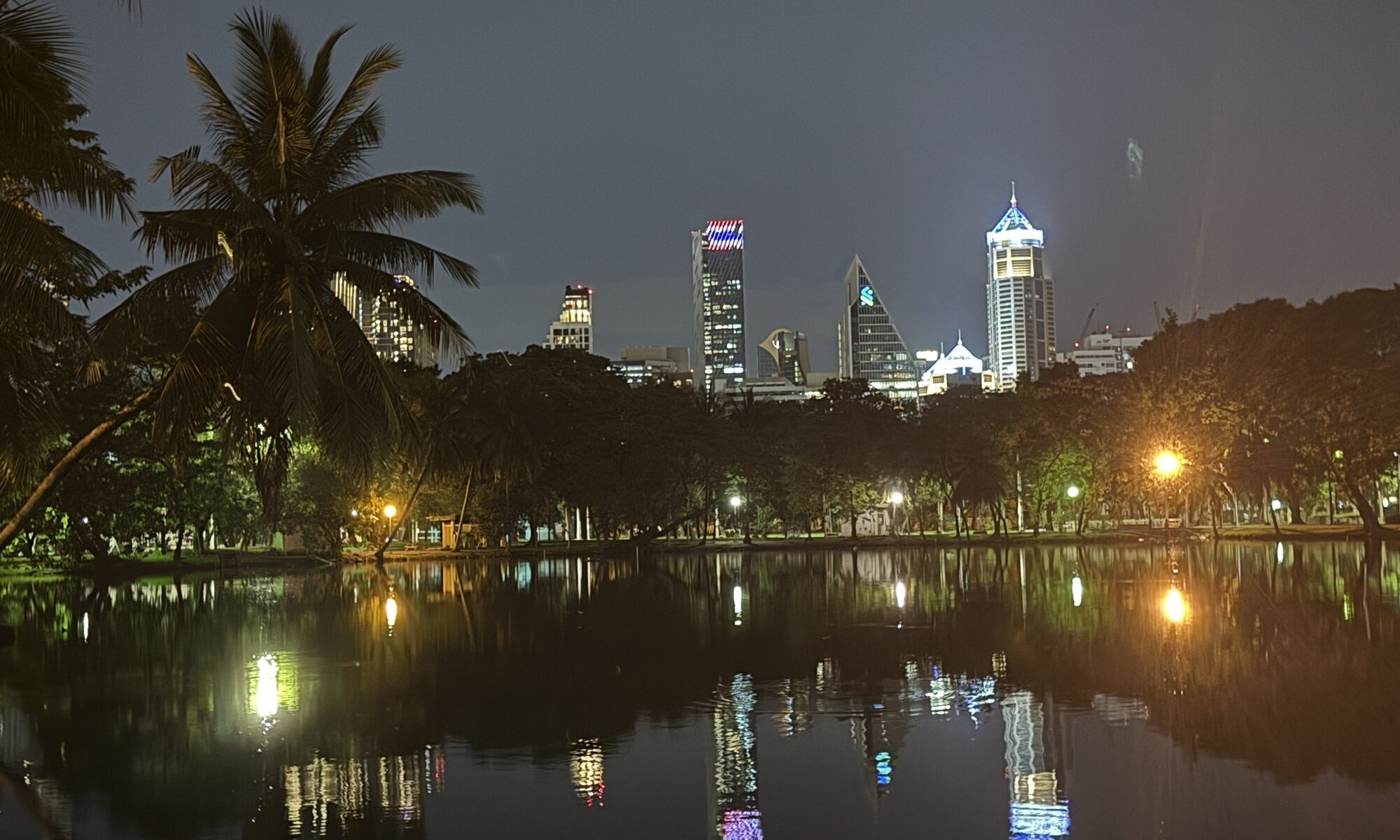The Death Railway, also known as the Burma Railway or the Thai-Burma Railway, is a harrowing chapter in World War II history that illustrates both human suffering and resilience. Built between 1942 and 1943 by the Japanese Empire, the railway was intended to support their military campaign in Burma by connecting Thailand with Burma through dense jungle terrain. The project relied heavily on forced labour, including approximately 60,000 Allied prisoners of war (POWs) and over 200,000 Asian labourers, often referred to as ‘romusha‘. Faced with brutal conditions, malnutrition, disease, and physical abuse, thousands perished during the construction, hence the grim epithet ‘Death Railway‘.
Continue reading “Death Railway”Sai Yok Noi
Sai Yok Noi waterfall, nestled within the lush greenery of Sai Yok National Park in กาญจนบุรี province, offers an enchanting escape into nature that captivates visitors with its serene beauty. The waterfall cascades gently over limestone cliffs into crystal-clear pools, creating a peaceful atmosphere that contrasts beautifully with the tropical jungle surroundings. The sound of flowing water, coupled with the vibrant flora, sets the perfect backdrop for anyone seeking respite from the busy pace of city life.
Continue reading “Sai Yok Noi”The Bridge on the River Kwai
The Bridge on the River Kwai is a historical landmark located in กาญจนบุรี, Thailand, and stands as a poignant reminder of the forced labour and suffering endured during World War II. It was part of the infamous Burma Railway, often referred to as the Death Railway, constructed by the Empire of Japan to support its forces in the Burma campaign. The railway was built using the brutal exploitation of prisoners of war and Asian labourers, who faced appalling conditions including disease, malnutrition, and extreme violence. The bridge itself became one of the most iconic symbols of the hardship and human cost of the railway’s creation.
Continue reading “The Bridge on the River Kwai”Three-headed elephant
The Erawan Museum in กรุงเทพฯ is a remarkable cultural landmark, uniquely housed inside a colossal three-headed elephant sculpture, known as Erawan or Airavata from Hindu mythology. This impressive statue stands about 29 metres high and weighs roughly 250 tonnes, crafted from intricately attached copper plates that shimmer with detailed artistry. The elephant represents the mythical vehicle of the Hindu god Indra and is a powerful symbol in Thai culture, embodying harmony and balance through its three heads. The museum itself, located in the Samut Prakan area just outside central กรุงเทพฯ, was created by a visionary Thai businessman, Lek Viriyapant, who also developed other cultural sites like the Ancient City and Sanctuary of Truth.
Continue reading “Three-headed elephant”Golden Mount
Wat Saket, often known as the Temple of the Golden Mount, is one of กรุงเทพฯ’s oldest and most unique temples, with roots tracing back to the พระนครศรีอยุธยา period before the 18th century. Originally called Wat Sakae, it underwent restoration and was renamed Wat Saket Ratcha Wora Maha Wihan by King Rama I when กรุงเทพฯ was established as the new capital, highlighting its importance in Thai royal and religious life. The temple sits just outside the old city of กรุงเทพฯ on a man-made hill, offering a distinct atmosphere from other temples located within the old city walls.
Continue reading “Golden Mount”Wat Arun
Wat Arun, also known as the Temple of Dawn, is one of กรุงเทพฯ’s most striking and iconic landmarks, beautifully situated on the west bank of the Chao Phraya River. Its distinctive spires, or prangs, richly adorned with colourful porcelain and seashells, rise majestically against the cityscape, making it a favourite among both locals and travellers. The temple’s name celebrates the Hindu god Aruna, who is considered the personification of the rising sun, reflecting the temple’s role as a symbol of the dawn and new beginnings in Thai culture.
Continue reading “Wat Arun”Water people
The water people of กรุงเทพฯ, often known as the ‘klong dwellers‘, have a distinctive lifestyle shaped by generations living along the city’s sprawling network of canals and rivers. Historically, many communities settled on the banks and floating homes connected by wooden platforms, relying on boats for daily travel, commerce, and socialising. Their way of life reflects a balance between adaptation and tradition, maintaining age-old practices while coexisting with the city’s rapid urban growth. These waterborne neighbourhoods reveal a fascinating blend of culture, resilience, and intimacy with the waterways that once earned กรุงเทพฯ its nickname, the ‘Venice of the East‘.
Continue reading “Water people”Emerald Buddha
The Royal Palace of กรุงเทพฯ, officially known as the Grand Palace, stands as one of Thailand’s most iconic and historically rich landmarks. Constructed in 1782 during the reign of King Rama I, it served as the official residence of the Kings of Siam (and later Thailand) for over 150 years. The palace complex sits majestically on the banks of the Chao Phraya River, representing the splendour and cultural grandeur of the Thai monarchy. While it no longer houses the monarch permanently, the Grand Palace retains its deep ceremonial significance and remains a symbol of the nation’s heritage and sovereignty.
Continue reading “Emerald Buddha”Reclining Buddha
Wat Pho, also known as the Temple of the Reclining Buddha, is one of กรุงเทพฯ’s oldest and most revered temples, steeped in rich history and cultural significance. Founded in the 16th century during the พระนครศรีอยุธยา period, it was extensively restored and expanded in the late 18th century by King Rama I, who established it as a quintessential example of Thai religious architecture and a centre for education in traditional medicine and Thai massage. The temple complex is a sprawling site, offering visitors a glimpse into Thailand’s spiritual and artistic heritage, adorned with intricate murals, stupas, and thousands of Buddha images.
Continue reading “Reclining Buddha”Lumphini park
Lumphini Park in กรุงเทพฯ is a sprawling urban oasis and the city’s first public park, offering a verdant retreat in the midst of กรุงเทพฯ’s bustling central business district. The park’s history is deeply tied to King Rama VI, who in 1925 donated the land, originally his royal property, for the public good. The park was named after Lumbini, the birthplace of the Buddha in Nepal, symbolising prosperity and peace. Initially planned as a fairground to promote Thai industry, the vision transformed into a space devoted to recreation and community, a modernising gesture that has since endured almost a century.
Continue reading “Lumphini park”